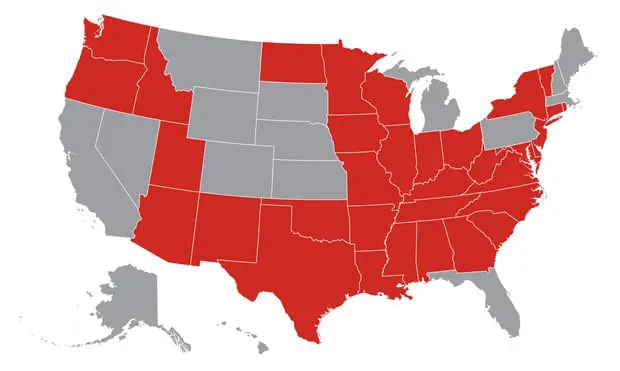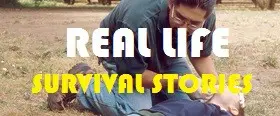Joe Farrell’s Sudden Cardiac Arrest Survival Story: CPR Saved His Life And Someone Else’s
In the moment when sudden cardiac arrests strikes, a split second decision to get down on your hands and knees to perform CPR may be just the ticket to save the victim’s life. In fact, studies and medical research reveals that individuals who receive CPR within two minutes of a cardiac arrest are less likely to suffer brain damage.
Joe Farrell is a cardiac arrest survival victim who knows firsthand – on two different accounts – how CPR can save a life. In August of 2008, Joe had just arrived at a professional friend’s house around 2 p.m. He and his wife were attending a memorial dinner on behalf of their friend’s husband who had recently passed away. According to Farrell’s wife, he was speaking to a few friends and a local track coach when he suddenly collapsed. Unconscious and not breathing, the track coach immediately started to perform CPR on Farrell while someone else contacted paramedics. It took paramedics between 5 and 6 minutes to arrive on the scene. When they arrived, they shocked him four times to bring back his cardiac rhythm.
What is so unique about Joe’s cardiac arrest survival story is that just one year prior in August of 2007, when he was 55-years-old, he saved a man’s life by performing CPR on him. He was on a golf course in Nevada when he stumbled upon the man – who was unconscious and not breathing when he found him. Farrell performed CPR while a second golfer contacted paramedics. According to Joe, time appeared to move in slow motion as it took paramedics what seemed like forever to arrive. The victim was transferred to a hospital via helicopter and also survived the cardiac arrest. To this day, he and Joe are good friends.
Joe Farrell believes he is lucky to have known how to perform CPR and is even more lucky to have been in the presence of someone who knew CPR as well. Had CPR not been immediately performed on himself and the man he found unconscious on the golf course in Nevada one year prior to his own cardiac arrest, he doesn’t know if he or the other man would still be alive today.



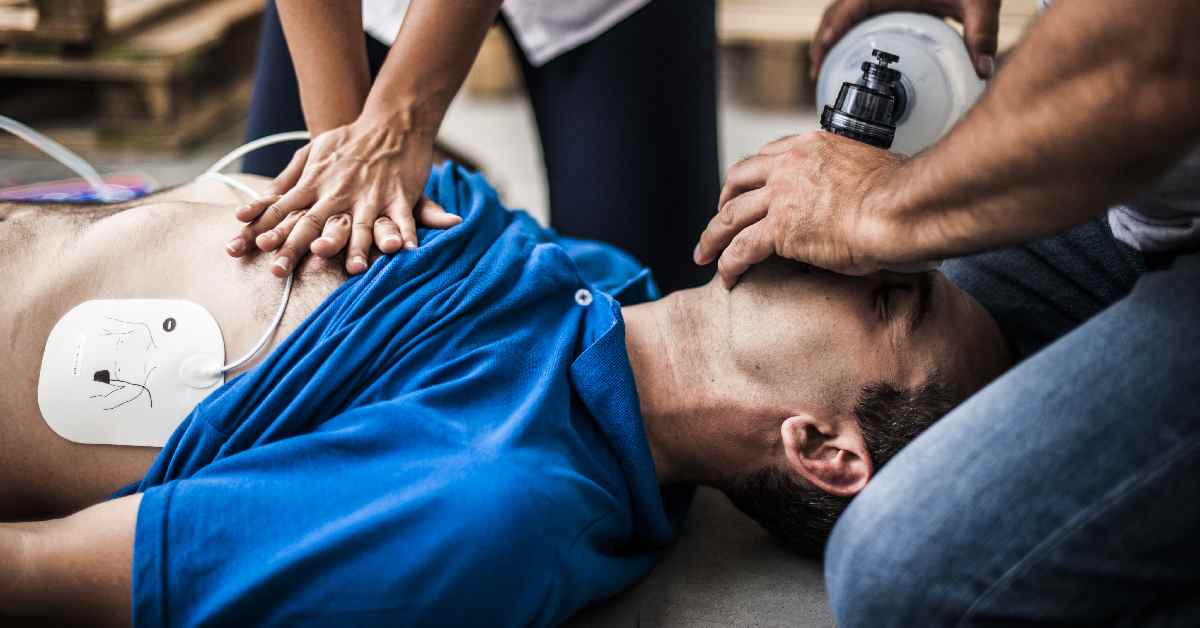
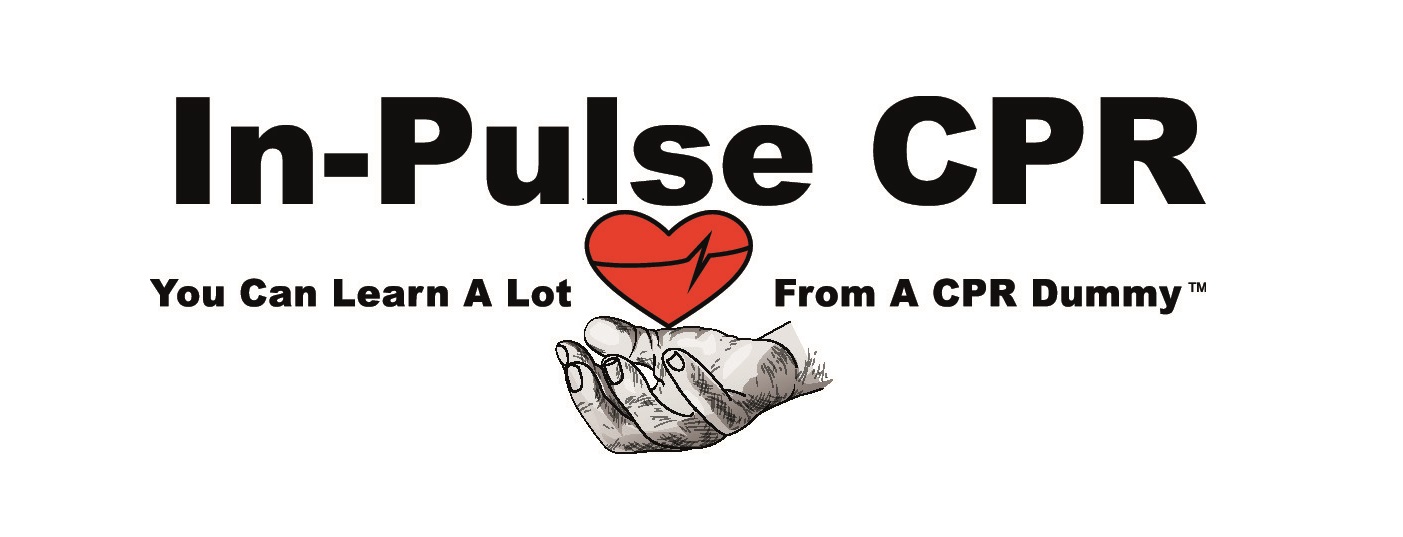
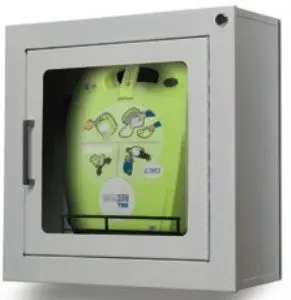
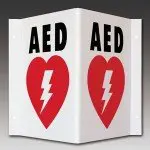
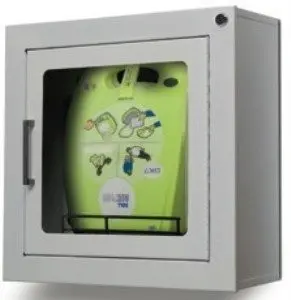
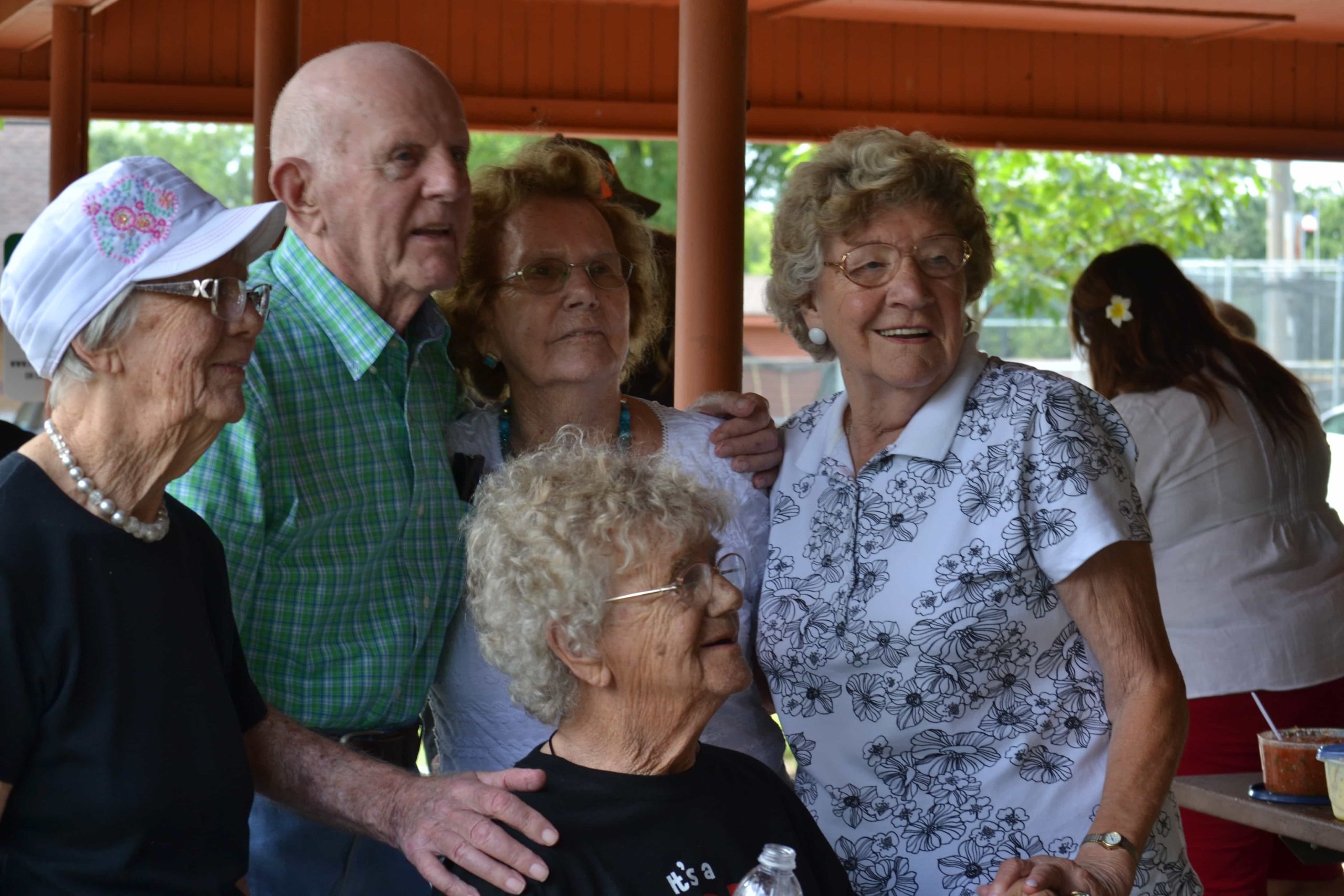

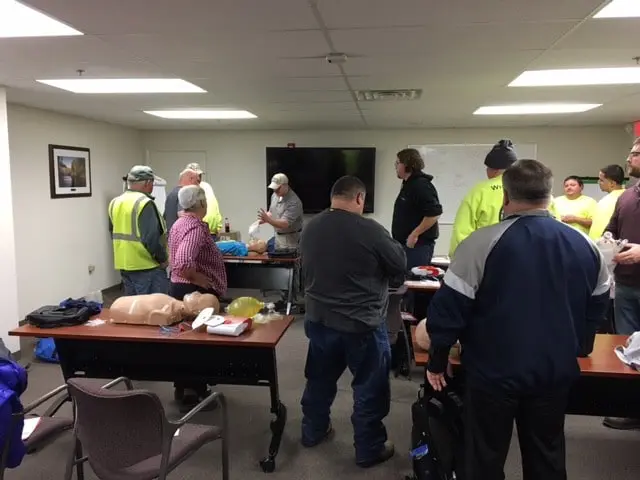
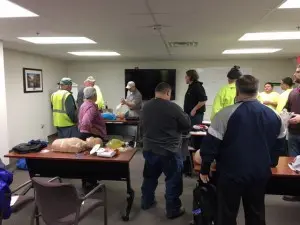

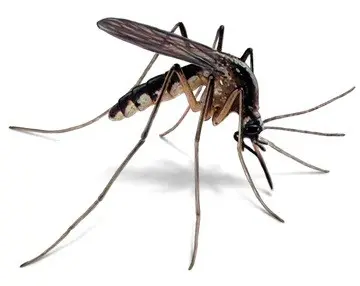
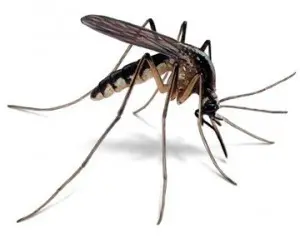
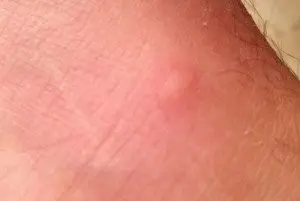

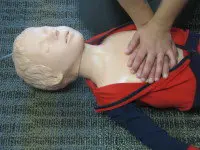

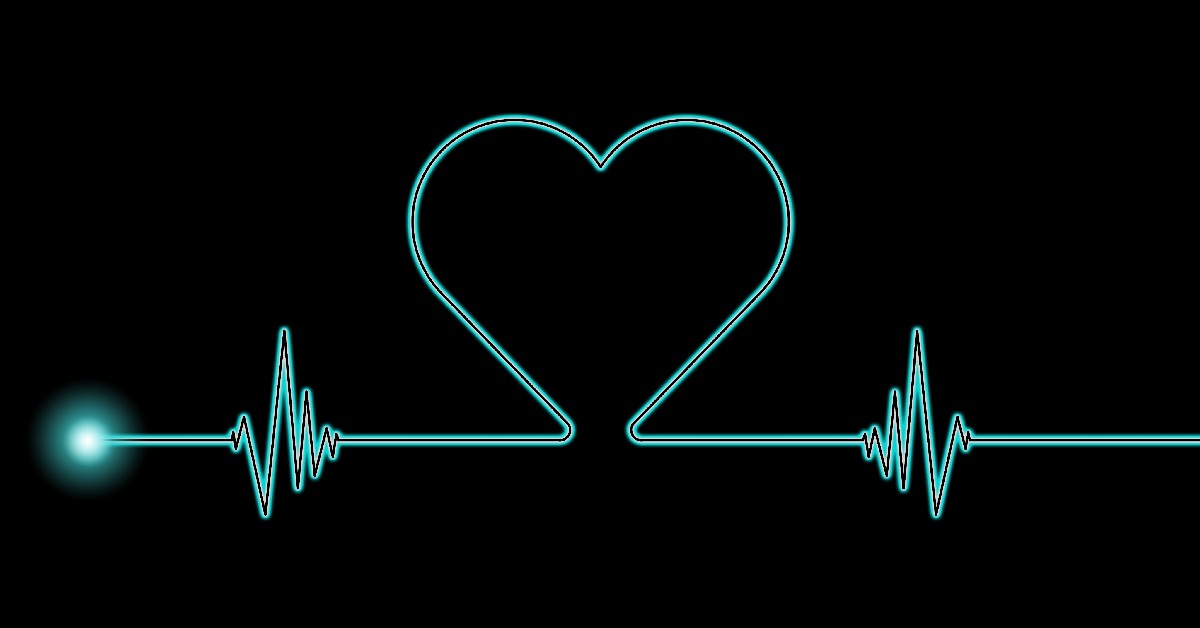

 from cardiac arrest and fall to his knees. After all, Todd, a 27-year-old athlete, had no reason to consider
from cardiac arrest and fall to his knees. After all, Todd, a 27-year-old athlete, had no reason to consider
